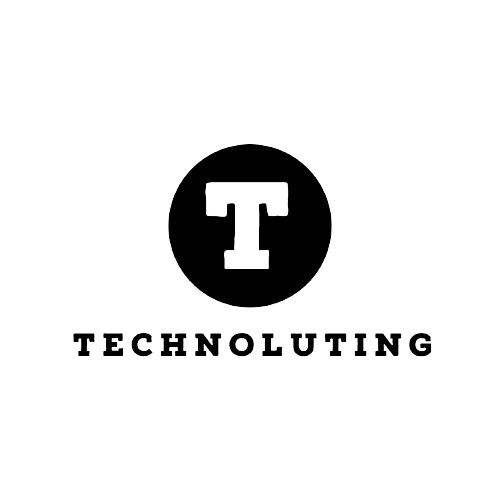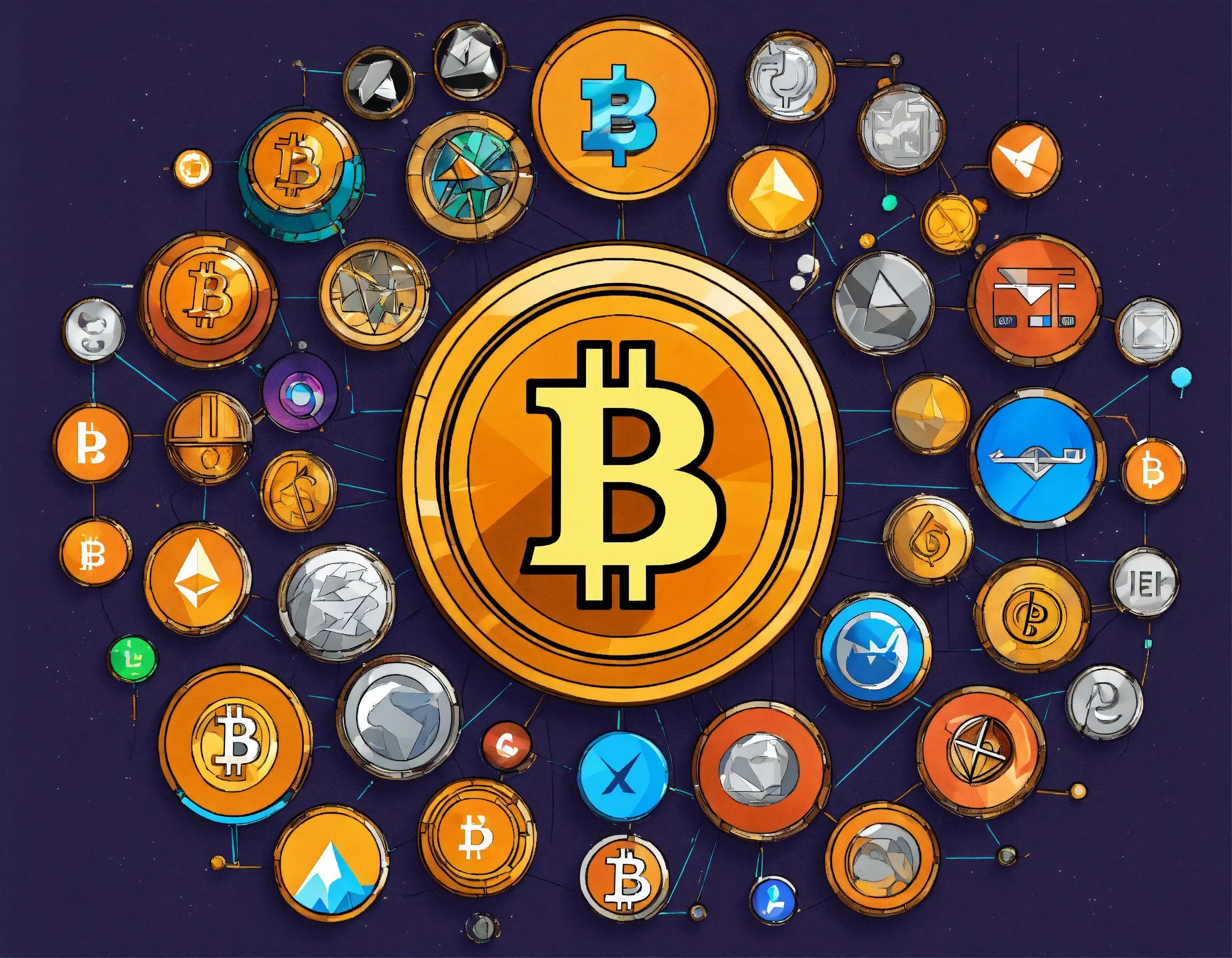Table of Contents: 7 Altcoins
Introduction: The Changing Landscape of Cryptocurrencies
Cryptocurrencies have revolutionized the financial landscape since the advent of Bitcoin. Among the myriad of cryptocurrencies, Ethereum stands out for its pioneering role in introducing smart contracts and decentralized applications (dApps). However, the cryptosphere is dynamic, and Ethereum’s dominance is being challenged by a new wave of altcoins that offer innovative features and solutions. In this article, we’ll explore seven such altcoins that pose a potential challenge to Ethereum’s supremacy.

1. InQubeta (QUBE): Disrupting the AI Technology Space
InQubeta emerges as a promising platform catering to AI startups’ needs, offering solutions for scaling challenges, fundraising, and brand outreach. The QUBE token, with a capped supply of 1.5 billion, plays a vital role in investment and payment within the platform. Through features like the NFT portal, fractional investment options, and business development services, InQubeta fosters growth and innovation within the AI industry.
2. Polkadot (DOT): Coinbase’s Foray into Futures
Polkadot, with its interoperable blockchain architecture, is gaining traction as a network of sovereign chains. Coinbase’s integration of Polkadot futures contracts opens new avenues for traders to speculate on token prices, enhancing liquidity and risk management in the crypto market.
3. Hedera (HBAR): Facilitating Web 3.0 Solutions in Saudi Arabia
Hedera’s decentralized platform offers robust tools for dApp development and DeFi solutions. The recent partnership with the Saudi Arabian government underscores its commitment to fostering Web 3.0 innovations, potentially transforming the country’s AI and blockchain landscape.
4. Algorand (ALGO): Exploring NFTs in the Digital Art Scene
Algorand’s blockchain technology facilitates the creation of scalable dApps, with the upcoming digital art showcase in Paris showcasing its potential in the NFT space. The Algo token serves as the primary medium for transactions, driving adoption and innovation in the crypto art ecosystem.
5. VeChain (VET): Innovating with Account Abstraction
VeChain’s Layer 1 blockchain, VeChain Thor, offers scalable solutions for mass adoption, with the recent introduction of Account Abstraction promising enhanced smart contract functionalities. With a focus on low-carbon and scalable dApps, VeChain aims to carve its niche in the competitive crypto landscape.
6. Quant (QNT): Pioneering On-Chain Transaction Ordering
Quant’s decentralized platform empowers businesses with blockchain solutions, with its recent US patent for chronologically ordering transactions signaling its commitment to advancing DeFi solutions. The QNT token facilitates seamless transactions within the Quant ecosystem, driving efficiency and interoperability.
7. Celestia (TIA): Revolutionizing Layer 3 Solutions with Starknet Collaboration
Celestia’s modular blockchain architecture offers developers a convenient platform for building scalable solutions, with the collaboration with Starknet promising enhanced data availability and reduced gas fees. The TIA token underpins transactions within the network, fueling innovation and the adoption of Layer 3 solutions.

Conclusion: Embracing Innovation in the Crypto Sector
The above-mentioned altcoins represent a new wave of cryptocurrencies challenging Ethereum’s dominance. With their innovative features and utility-driven models, these altcoins offer compelling alternatives for crypto enthusiasts and developers alike. While Ethereum remains a formidable force in the crypto space, the emergence of these altcoins underscores the sector’s dynamic nature and the continuous quest for innovation and decentralization.
FAQs
1. Are these altcoins suitable for long-term investment?
These altcoins offer unique features and utility-driven models, making them potential candidates for long-term investment. However, investors should conduct thorough research and consider factors like market volatility and project fundamentals before making investment decisions.
2. How do these altcoins compare to Ethereum in terms of scalability?
While Ethereum has faced scalability challenges, these altcoins leverage innovative technologies to enhance scalability and transaction throughput. Projects like Polkadot and Algorand offer scalable solutions through interoperability and consensus mechanisms.
3. What role do these altcoins play in the broader blockchain ecosystem?
These altcoins contribute to the diversification and innovation of the blockchain ecosystem, offering solutions for various industries, including finance, supply chain, and AI. They complement Ethereum’s offerings and cater to specific use cases with their unique features.
4. Are these altcoins suitable for businesses looking to integrate blockchain technology?
Yes, many of these altcoins, such as Quant and VeChain, offer blockchain solutions tailored for businesses of all sizes. From decentralized finance to supply chain management, these altcoins provide versatile tools and infrastructure for enterprise adoption.
5. How can individuals get started with investing in these altcoins?
Interested individuals can purchase these altcoins from reputable cryptocurrency exchanges that support their trading. It’s essential to conduct due diligence, choose reliable exchanges, and consider factors like security, liquidity, and fees when investing in altcoins.










